Every four-years, member states of the International Telecommunication Union (ITU) choose their new high-level representatives, whose perspectives and goals will set priorities in the telecommunications world. The same is set to take place this year: in September and October, they will meet in Bucharest, Romania, to vote one more time.
The upcoming ITU election is key for the development of 6G since the next officials will likely be charged with establishing discussions on Beyond 5G, like standardization.
The voting happens during the Plenipotentiary Conference, to be held between September 26 and October 14. The process starts on September 29 and will elect:
- Five officials: Secretary-General, Deputy Secretary-General, Director Radiocommunication Bureau, Director Telecommunication Standardization Bureau, and Director Telecommunication Development Bureau
- The Radio Regulations Board Membership: 12 seats distributed across the same regions
- The Council Membership: 48 member states (countries) distributed across five regions (Americas, Western Europe, Eastern Europe and Northern Asia, Africa, and Asia and Australasia)
Candidacies can be registered until August 29, one month before the elections. So far, 31 candidates have already confirmed their names to compete for the 17 individual positions, and three run for re-election or election in a different role.
Throughout August and September, 6GWorld will publish a series of articles unveiling facts and statistics about past ITU elections and a profile of candidates for Secretary-General and other positions. As of the time of writing, Doreen Bogdan-Martin, from the United States, and Rashid Ismailov, from Russia, are running for Secretary-General.
Check the second part of the series featuring stats and graphics.
How the ITU Election Works
The Plenipotentiary Conference begins September 26, but the election will only kick off on the 29th. The doors will be closed, and member states will place their ballots in the following order: Secretary-General, Deputy Secretary-General, Directors of the Bureau, the Radio Regulations Board Membership, and the Council.
For the officials, the candidates with the majority of the votes – more than half the delegations present and voting – will be elected.
If no candidate reaches the majority, a new round will be held with an interval of at least six hours. If no candidate achieves more than half the votes after three rounds, a fourth and final round between the two candidates with the most votes is held after at least 12 hours. In case of a tie, the eldest gets elected.
For Radio Regulations Board members, there will be one round followed by a special ballot after at least six hours if there is a tie between candidates of the same region. In the case of another tie, the eldest is chosen. The same procedure applies to Council members, except for the tiebreaker: instead of age, candidates are elected by lot.







